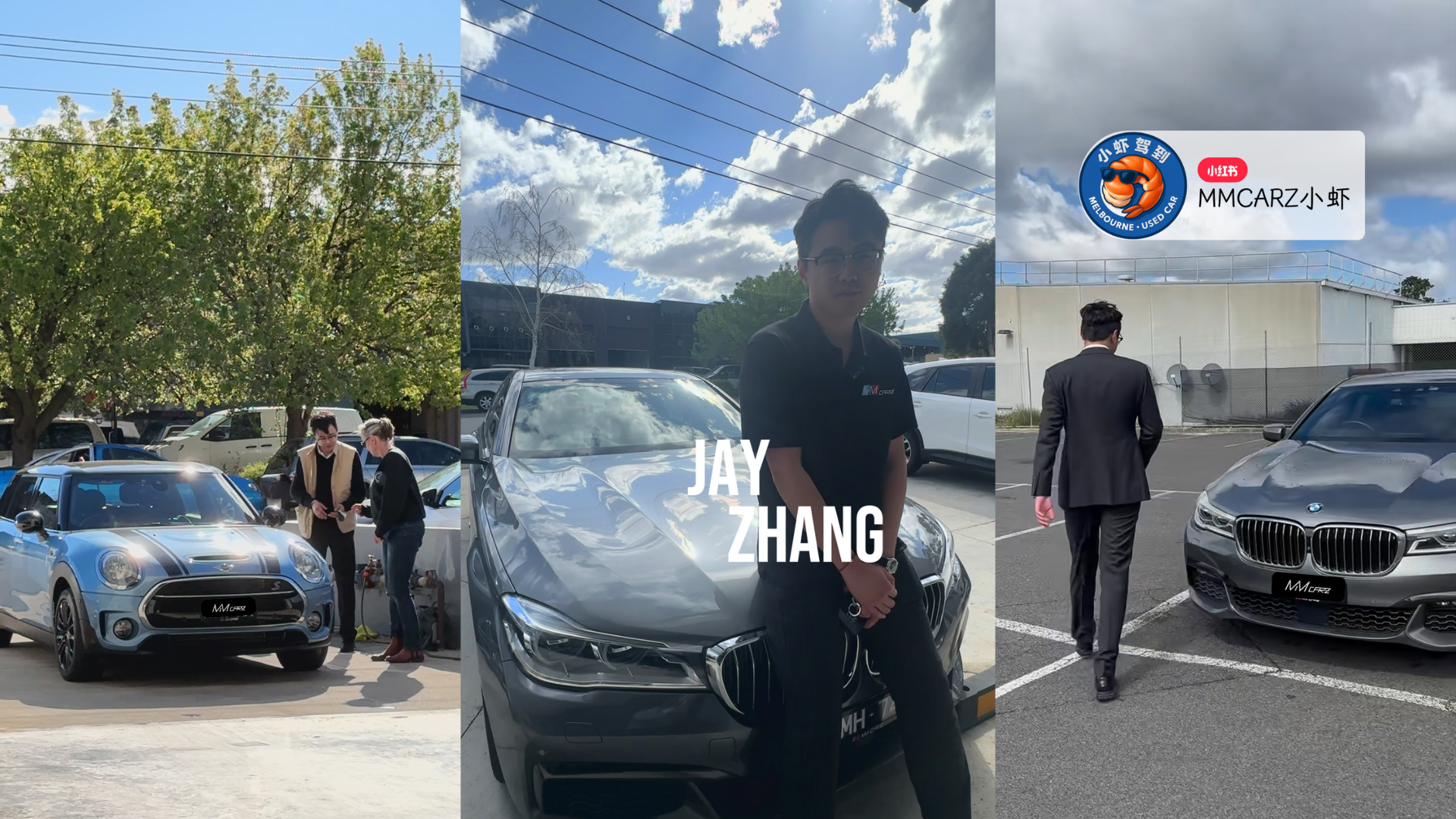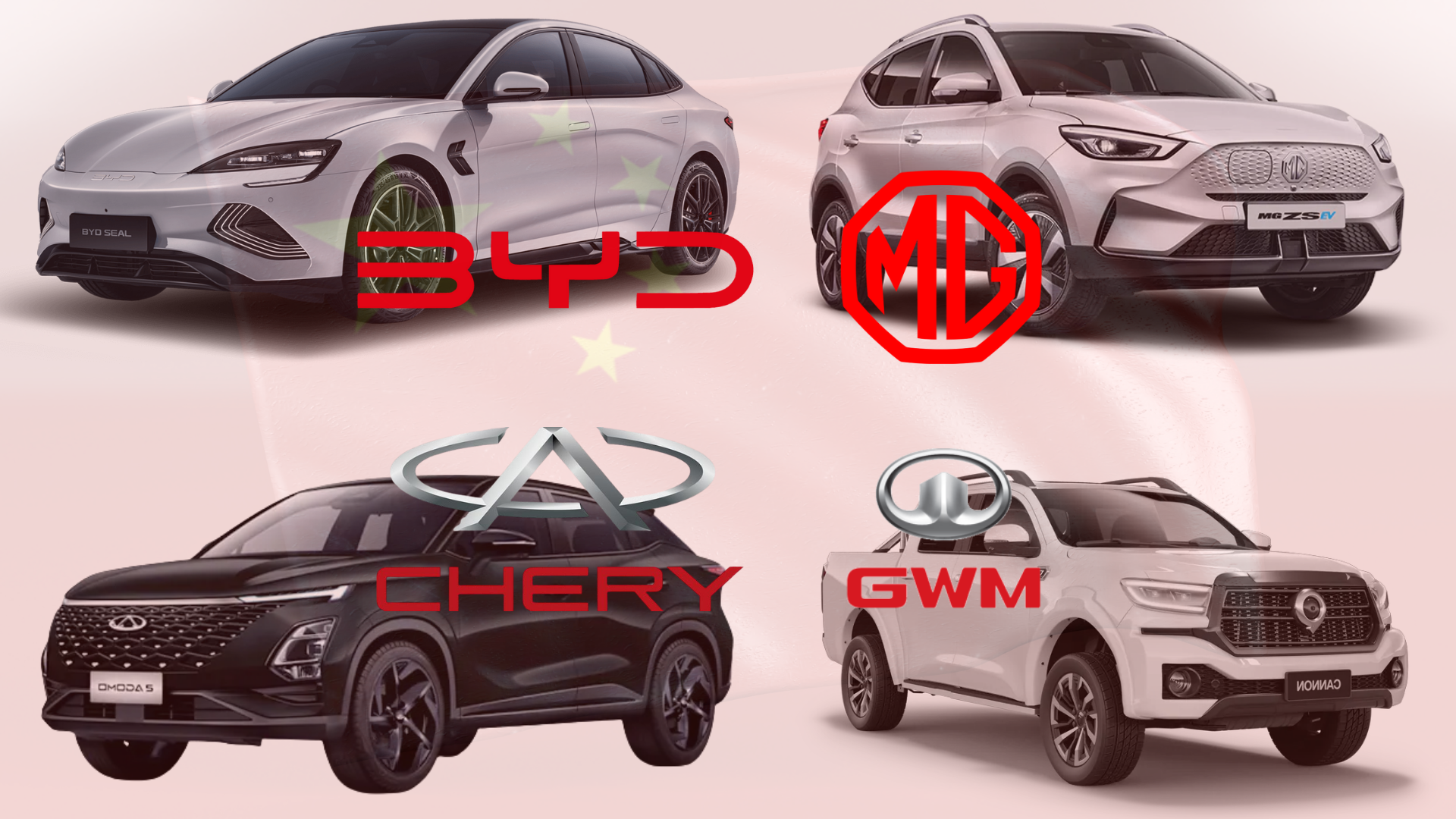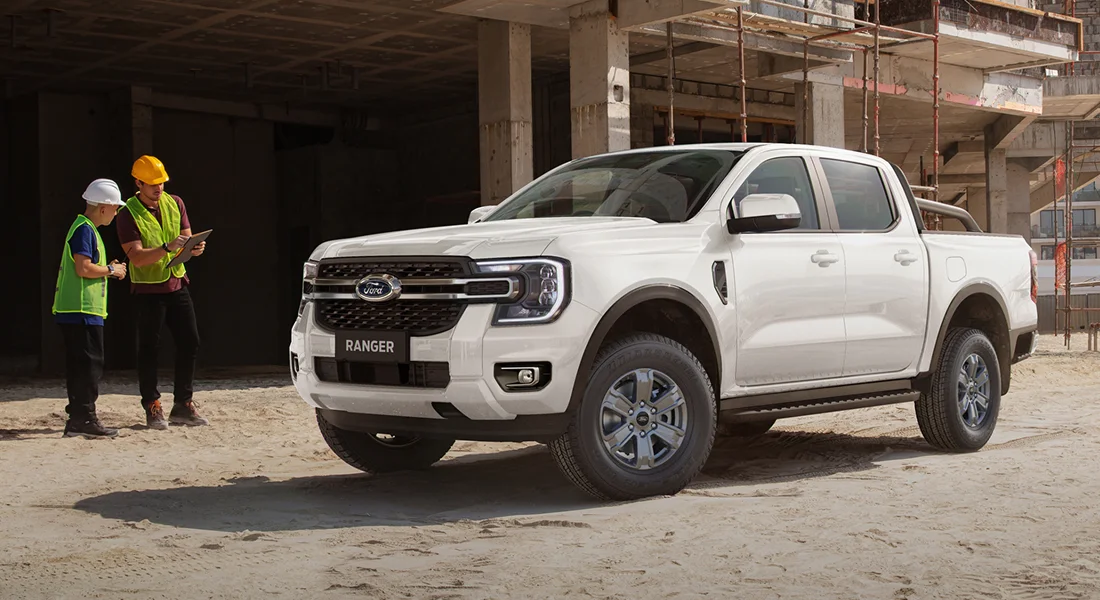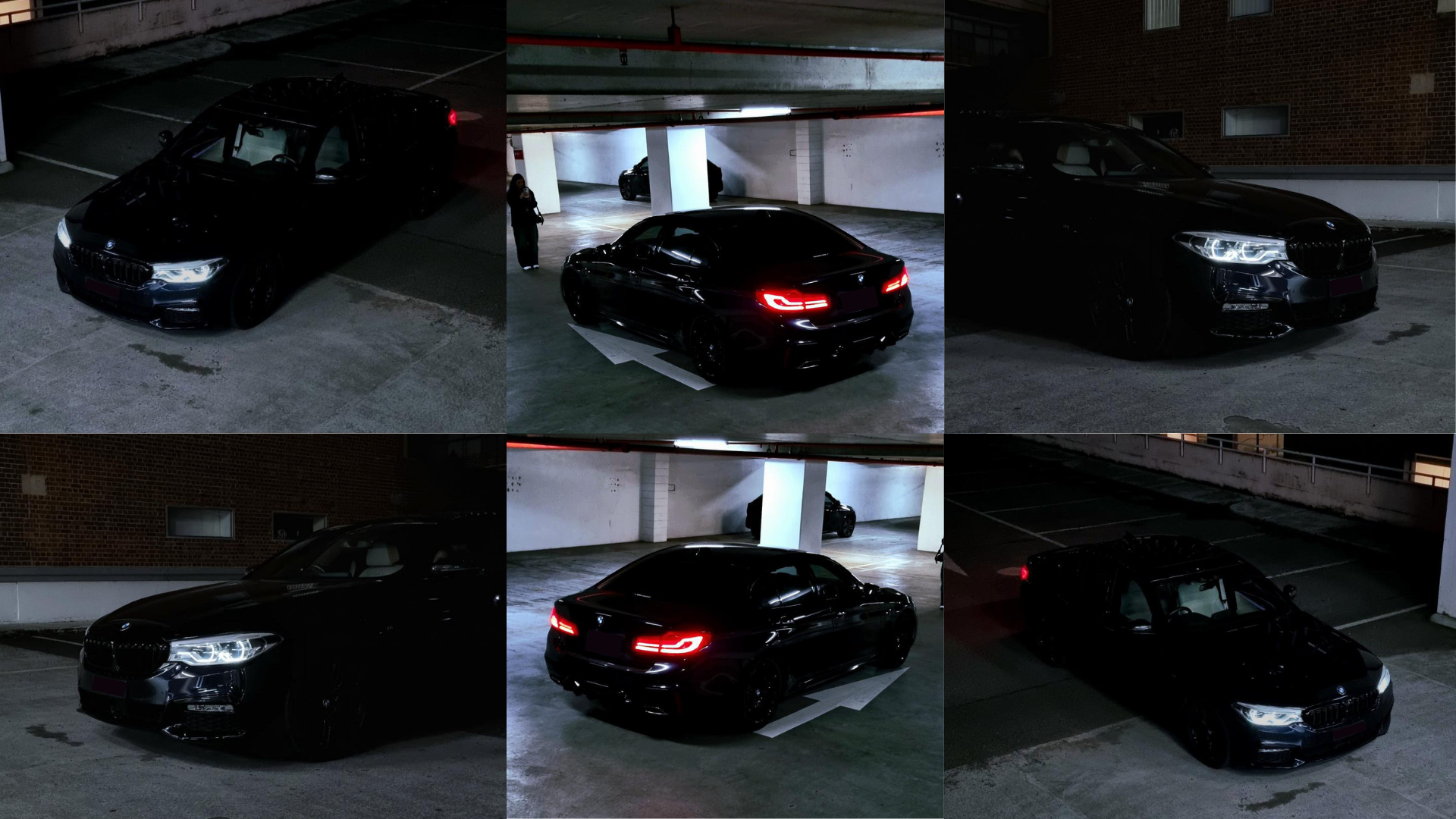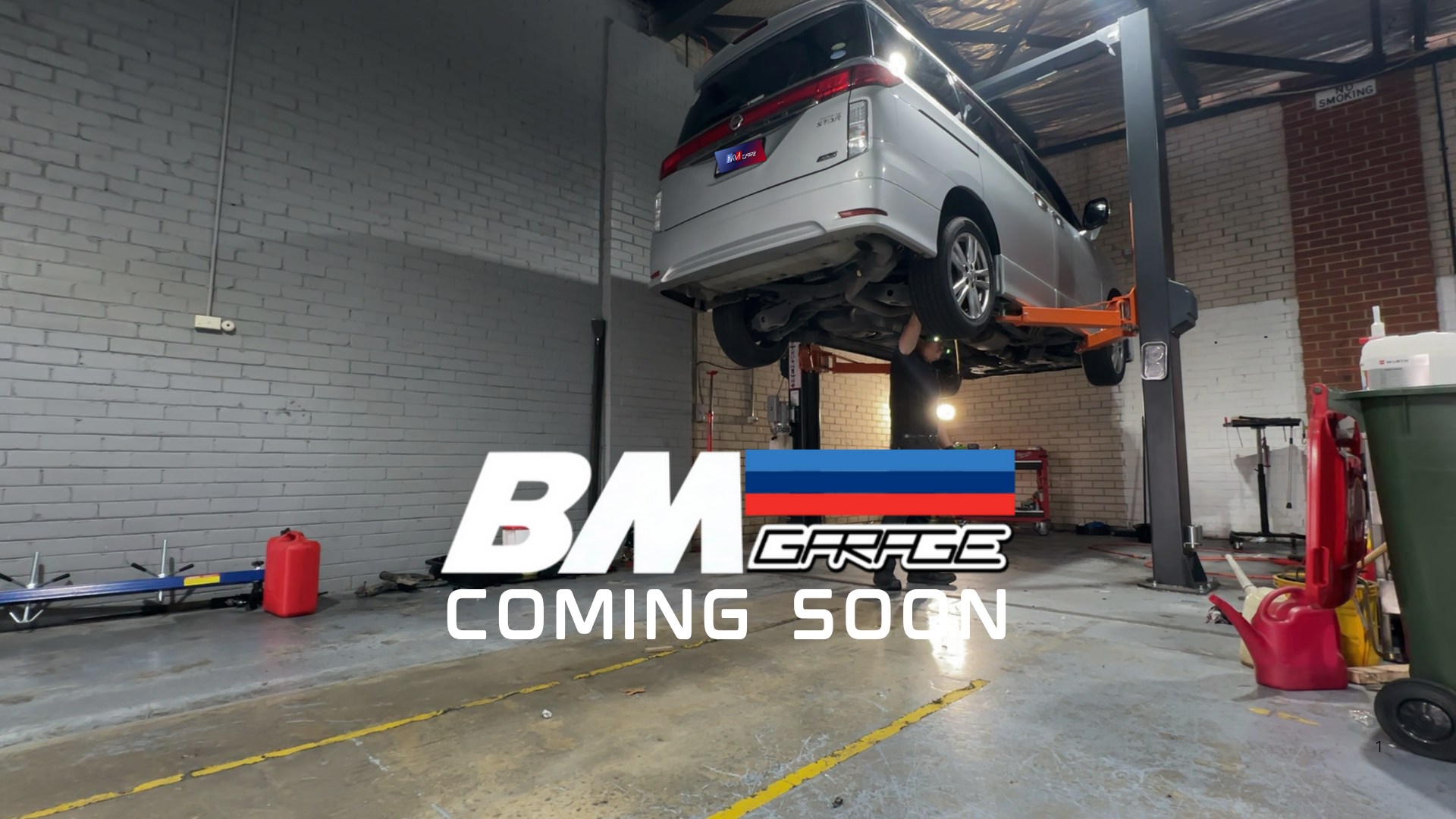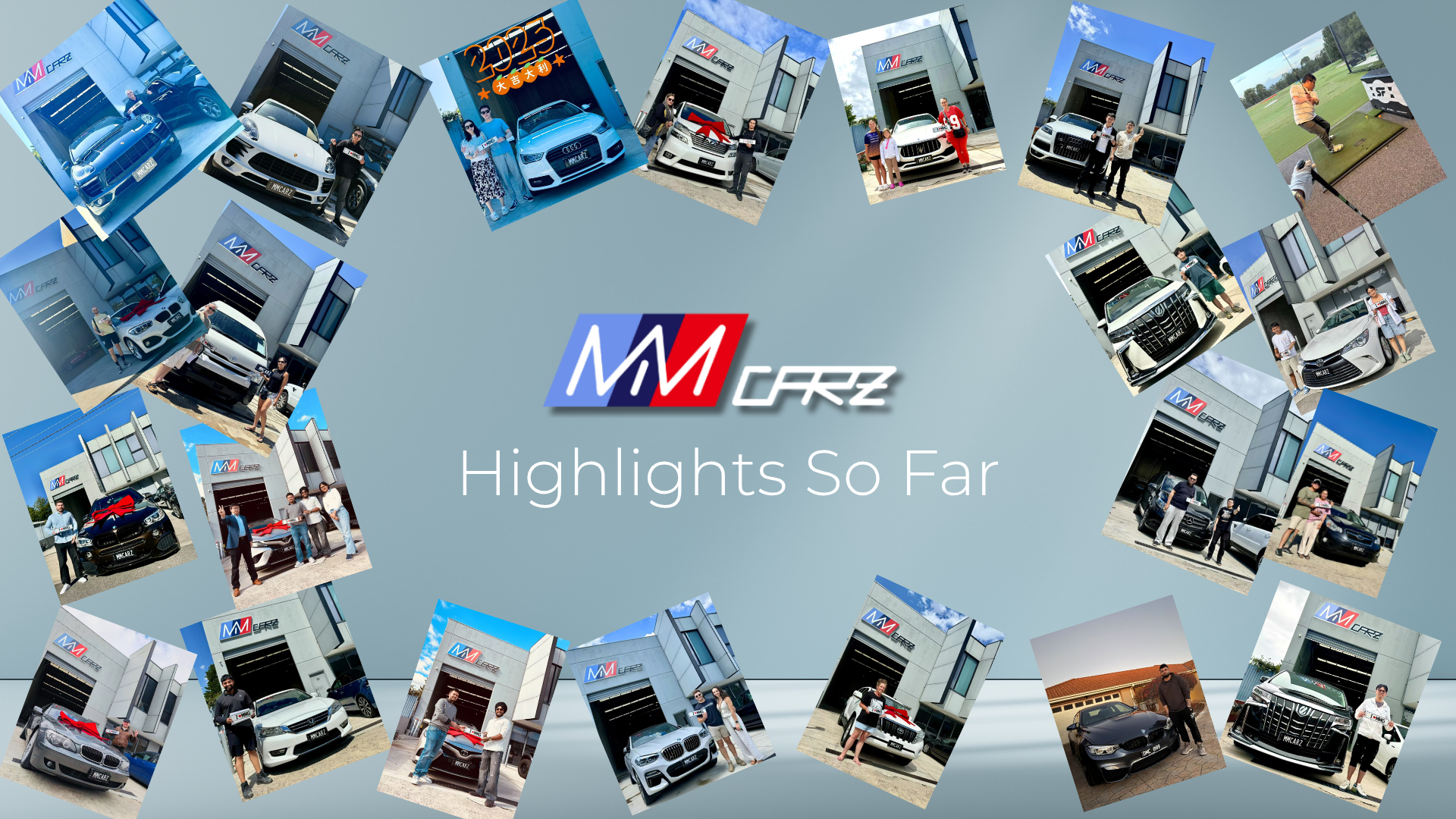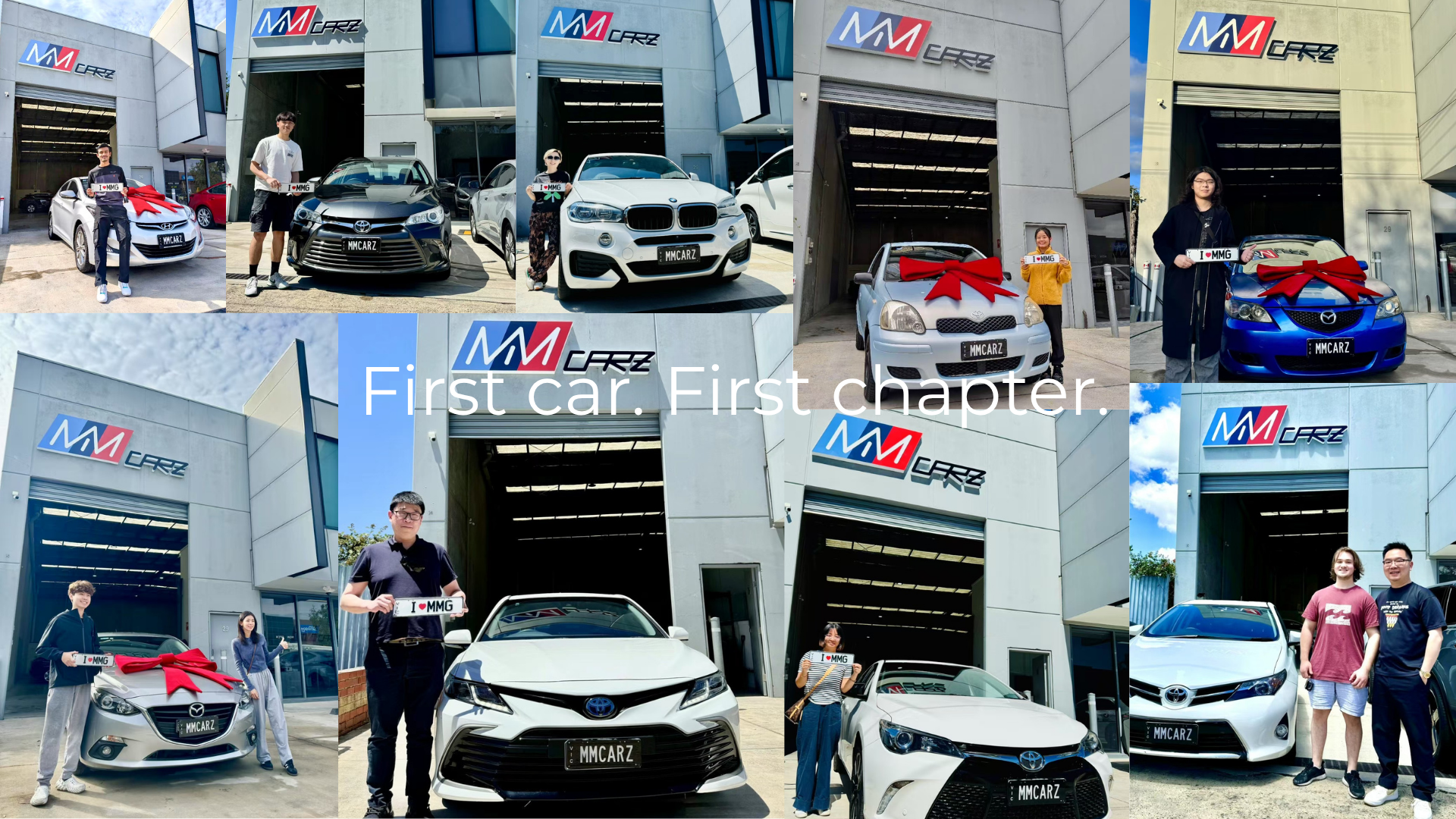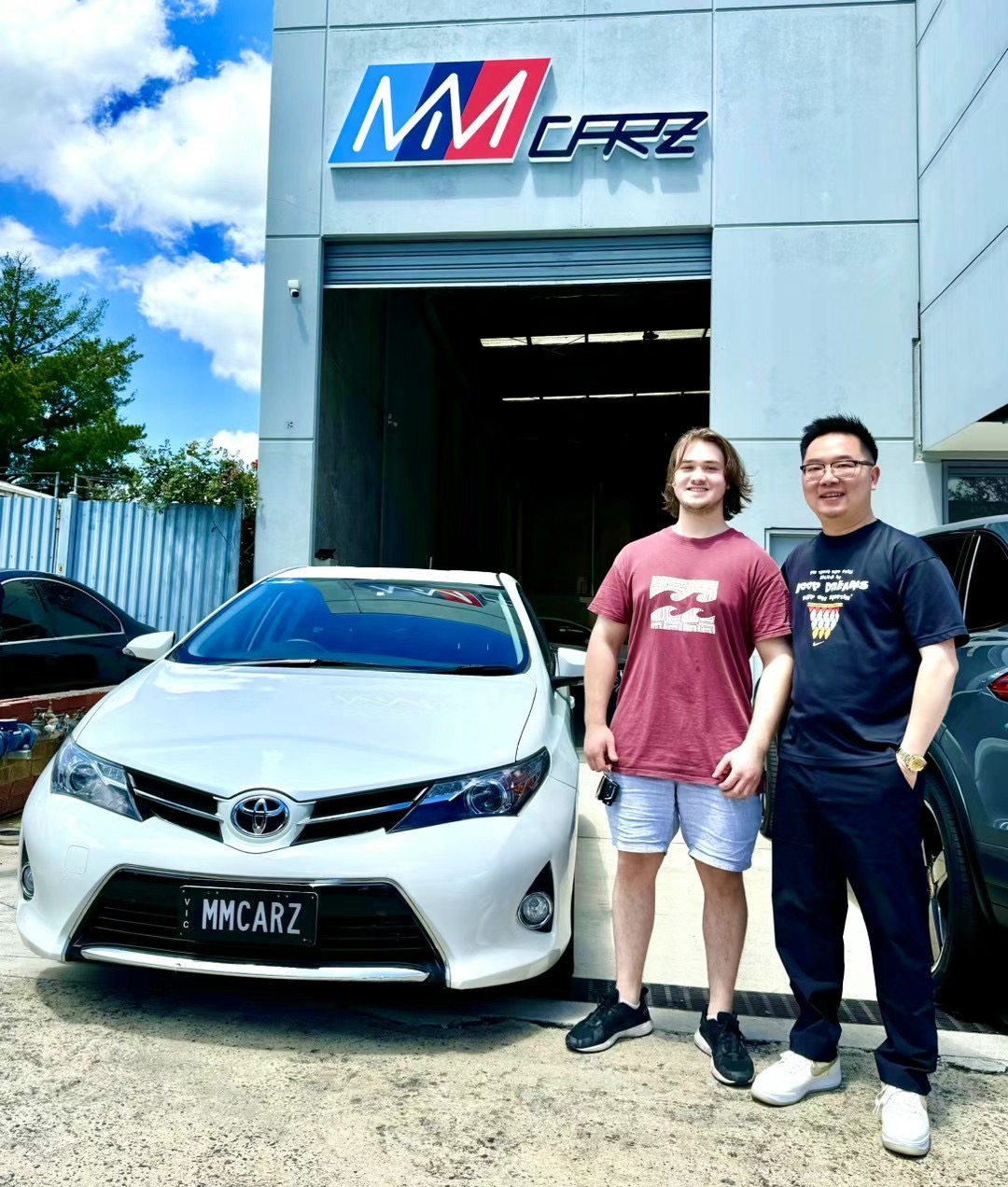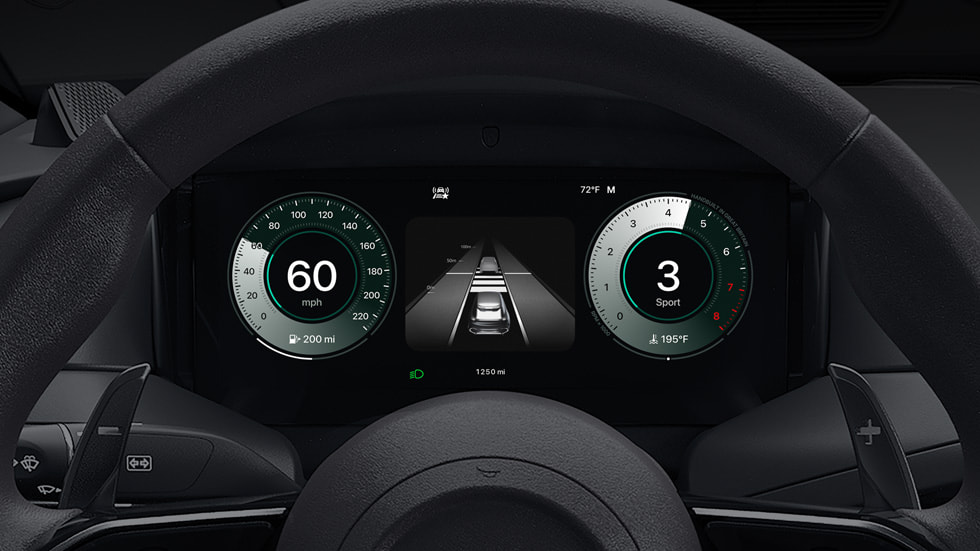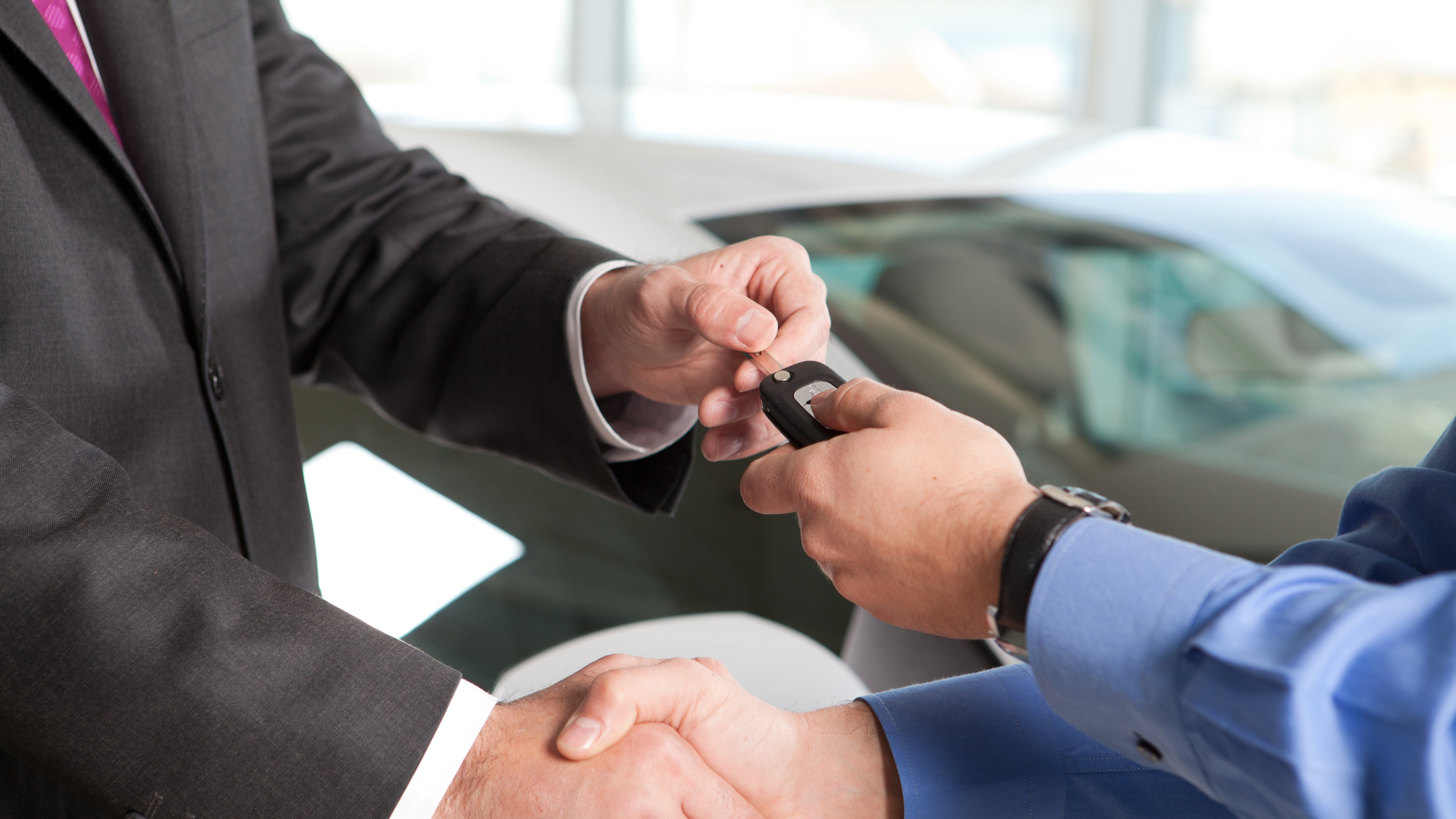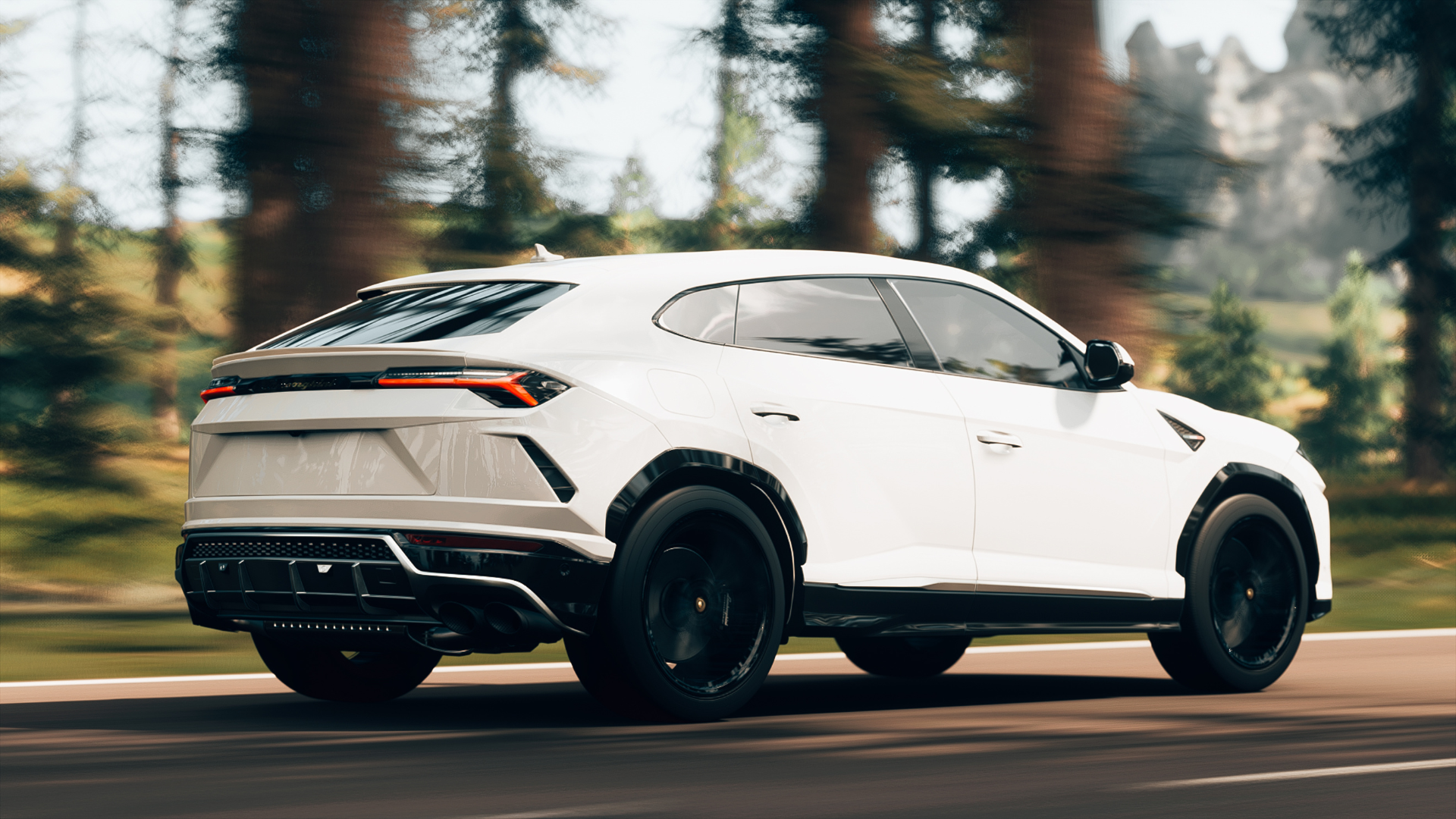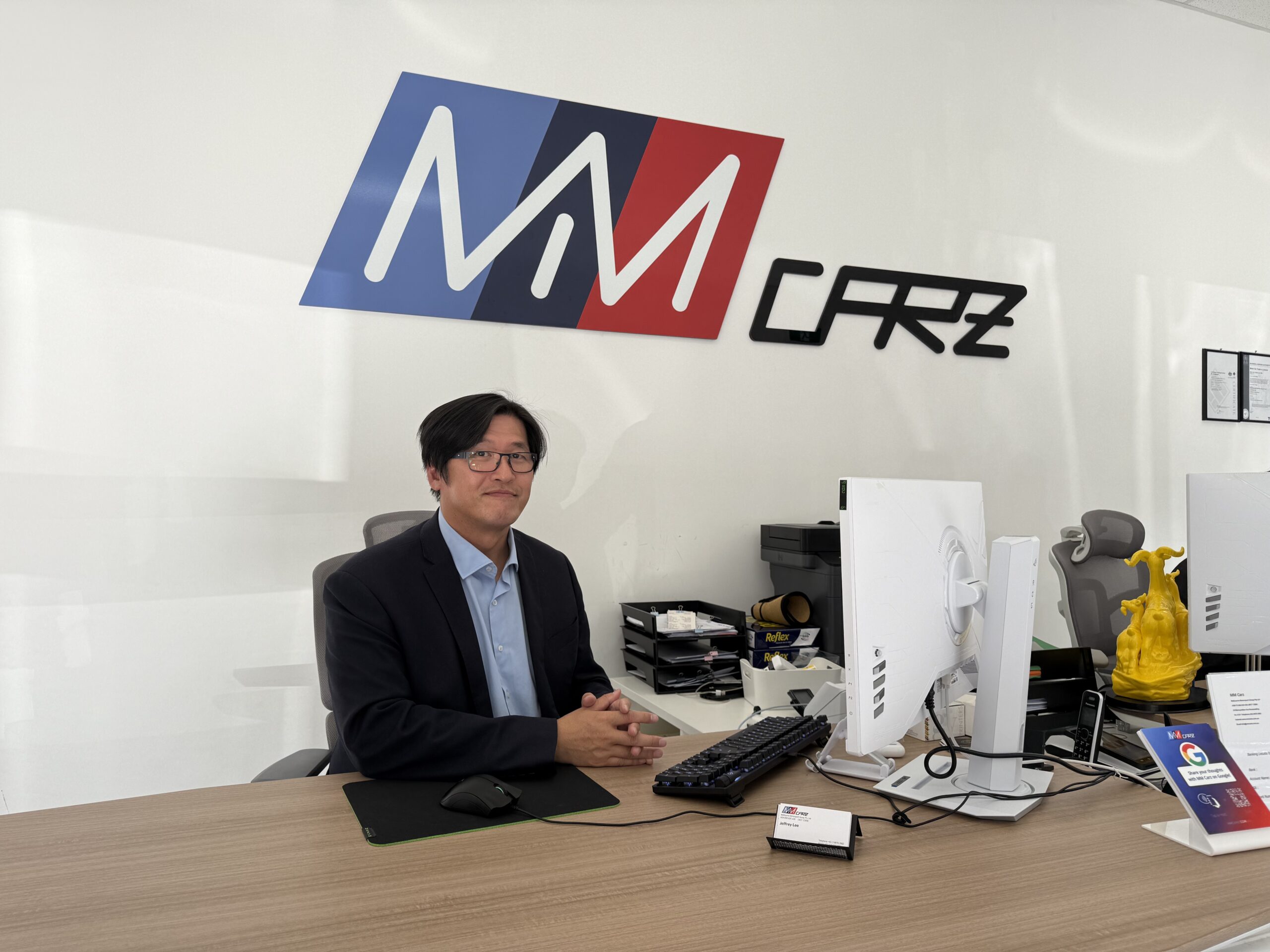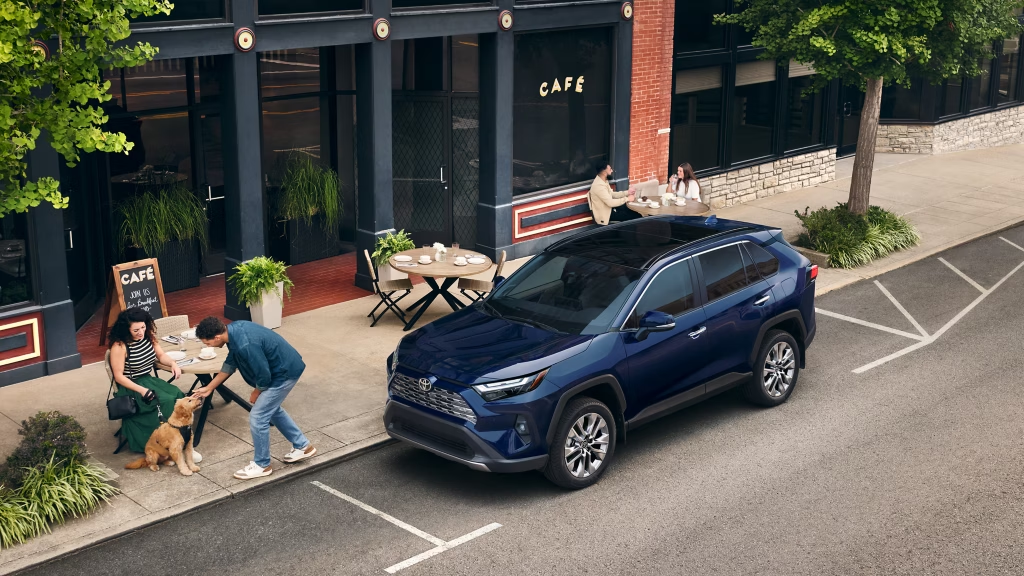
Battery Health & Warranty
Check the high-voltage battery first – it’s the heart of any EV. Modern battery packs degrade very slowly: Geotab’s 2024 study found an average loss of only ~1.8% per year, meaning a 5-year-old EV may still have 90%+ of its original capacity. In practice, manufacturers design packs to last well past 10 years. Nearly all EVs come with a long battery warranty (typically 8 years or about 160,000 km – in the US the federal minimum is 8 years/100,000 miles. Some brands even guarantee the battery won’t drop more than 30% in that period. When inspecting a used EV, ask how much of that warranty remains and whether it’s transferable to you.
Enquire about the battery’s history. Was the car a high-mileage fleet vehicle or routinely fast-charged? Has the battery ever been replaced or repaired? Recurrent’s report advises checking if the EV was fleet-used or had a pack swap. Ask for service records or use a vehicle history report to confirm any replacements. Dealers can often provide a detailed battery health check (or use third-party tests like Aviloo or Recurrent) to independently verify capacity. Properly done, these checks give you confidence that the battery’s condition (and remaining warranty coverage) is acceptable before you buy.
Range and Usage Habits
Expect that range will be slightly lower than when new: a bit of wear is normal. The key is to compare current range to your needs. During a test drive, charge the EV fully and note the “full” range estimate. This may be lower than the original spec but usually only by a small amount (after 5–10 years most cars still manage 80–90% of original range. Review tools like Recurrent’s free reports (for dealer cars) that predict the EV’s range today and in future years based on real data.
Also discuss the previous owner’s charging habits. Frequent DC fast charging can generate extra heat and slightly accelerate degradation. On the other hand, regularly charging on standard AC (home or workplace charging) and avoiding extreme high/low battery states is healthier for the pack. There’s no fool proof way to know this history, but asking can help; if the car has an 80%-limit setting used regularly, that’s a good sign. In general, don’t be alarmed by moderate battery wear — studies show battery failures are very rare — but do purchase with realistic range expectations.
Charging Infrastructure Compatibility
Charging standards differ by region, so ensure the EV’s plugs match your local network. In Europe and Australia, almost all EVs use the Type 2 (Mennekes) connector for AC and CCS2 for DC fast charging. In the US, the common AC plug is Type 1 (J1772) and most newer cars use CCS1 or Tesla’s NACS for DC. (Tesla drivers can use adapters, and the NACS plug is being opened to other brands in 2025.) Some older models are exceptions: for example, older BMW i3s had a Type 1 port, and pre-2020 Tesla S/X in Australia used a modified Type 2 input. Japanese EVs (like older Nissan Leafs or Mitsubishi Outlanders) use CHAdeMO for DC; although still supported at some stations, CHAdeMO is being phased out in many regions.
A crucial step is to confirm what charging accessories come with the car. Used EVs often need the home charging cable (e.g. Type 2-to-domestic plug) and, for fast charging, the correct cable (CCS or Type 2) or adapter. If a cable is missing, buying one can cost hundreds. For example, almost all Australian and European public chargers now use CCS2, so getting a Type 2–CCS adapter for older models may be necessary. (Importantly, CHAdeMO-to-CCS adapters do not exist.) Also check which charging networks the car can use: some in Asia and Europe share plug types, but billing apps or plug RFID cards are often region-specific. Apps like PlugShare or ChargePoint can help you map charger locations by region. In sum, make sure the used EV’s plug standard and included cables work with your local charging infrastructure and consider any adapters you may need.
Software Updates & Recalls
EVs are evolving platforms; software matters. Before buying, verify the car has received all manufacturer updates. These can improve range, add features or fix bugs. Ask the seller or dealer if the EV’s firmware and maps are up to date, especially if it’s been sitting unused or has older model-year hardware. In many cases modern EVs update OTA (over-the-air), but some updates still require a workshop visit. Staying current can even affect warranty (some automakers may deny claims if the car was severely out-of-date). Also look up recalls or service campaigns: for example, some models had updates related to battery management or charging rates. Dealers usually have recall databases, but for private sales you can check online (using VIN) if any outstanding recalls apply.
Dealer vs Private Sale
Buying from a dealer or EV specialist often comes with added assurance. Many dealers offer certified pre-owned (CPO) EV programs, which include extra inspection and warranty. Certified used EVs may have been tested with battery-health equipment (some dealers even partner with companies like Aviloo) and might include limited warranty extensions or roadside assistanceedmunds.com. Financing rates or incentives sometimes apply to dealer sales as well. However, dealers typically charge a premium, and selection may be limited.
Private sales can be cheaper and offer more negotiation room, but they require diligence. If buying from an individual, be thorough: insist on seeing logbooks or service records (even though EVs need little maintenance, regular check-ups and software updates count). Get a full vehicle history report (AutoCheck, Carfax or equivalent) to spot accidents or odometer issues. Use an OBD scanner or app during a test drive to view the battery state-of-health and any fault codes. In Australia and Europe you can still ask a mechanic or an independent EV tech to inspect it. In either case, treat a used EV like a used ICE car with extra steps for the battery.
Diagnostic Tools & Tips
If possible, bring along or borrow an OBD-II scanner and a smartphone app designed for EVs. Many EV apps (like OBDLink, EVTrip Planner, or the maker’s own diagnostic software) can read battery voltage, charge cycles and SoH from the car’s onboard diagnostics. Use this to double-check the battery health reading during a test drive. Also, try a quick charge session: plugging into a fast charger (if available) not only checks the connector and charging speed, but also lets you feel how the car handles heat and load. Finally, inspect that all included accessories (charge cables, adapters, 12V battery) are present and in good condition. Tiny issues – a missing CHAdeMO plug for an imported Leaf, a heavily worn tyre, or a check-engine light – can become big headaches later. A short checklist:
- Battery State-of-Health (SoH) and warranty remaining
- Evidence of software updates and no outstanding recalls
- Charging port and cable types match your region and home setup
- Good maintenance history (tire/brakes condition, suspension checks)
- Deal or private seller’s reputation and any included CPO benefits
With these steps, you can avoid surprises and enjoy the long lifespan EVs typically offer. Remember, data shows EV batteries will likely outlast the car itself – so a careful pre-purchase check gives only upside. Follow this 2025 buyer’s checklist and you’ll gain confidence (and plenty of range) from your used EV purchase.
Sources: Global EV industry experts and publications, including recent studies and advice from EV professionals geotab.comrecurrentauto.com whichcar.com.au edmunds.com.


